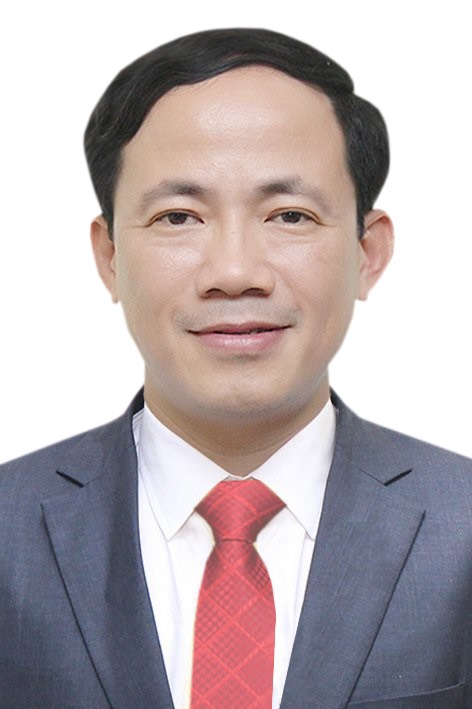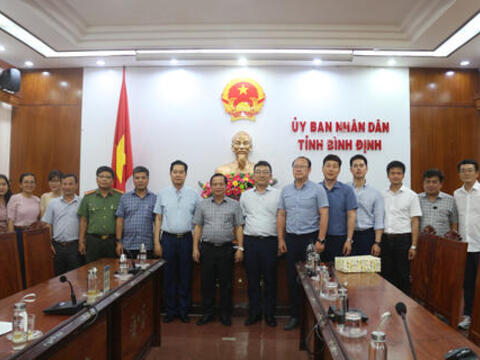Binh Dinh is a province located in the South of the North Central and Central Coast regions, a land with a long history associated with the Sa Huynh culture, once the ancient capital of the Champa kingdom whose heritage is still preserved as Do Ban citadel and Cham towers with unique architectural art, the place where the Tay Son movement started in the 18th century with the name of the cloth hero Quang Trung - Nguyen Hue.
During the French colonial period, in 1885, Binh Dinh was a large province in Central Vietnam, many lands of Gia Lai - Kon Tum still belonged to Binh Dinh; after many changes, mergers, separations, Binh Dinh province was an independent province that lasted until 1975. After the complete liberation of the South, implementing Resolution No. 245-NQ/TW dated October 28, 1975 of the Politburo, Decision No. 147/QD of the People's Revolutionary Committee of the Central Central region, Binh Dinh province merged with Quang Ngai province and took the name Nghia Binh province.
On June 30, 1989, Binh Dinh province was re-established on the basis of separation from the old Nghia Binh province (according to the Resolution dated June 30, 1989 of the National Assembly of the Socialist Republic of Vietnam on the demarcation of administrative boundaries of Nghia Binh, Phu Khanh and Binh Tri Thien provinces), with 11 district-level administrative units and has developed to date. By March 2025, Binh Dinh province has 11 district-level administrative units (08 districts, 02 towns and Quy Nhon city); 155 commune-level administrative units (28 wards, 11 towns and 116 communes).
Meanwhile, Gia Lai is a mountainous province located in the northern region of the Central Highlands, bordering Kon Tum province to the north, Dak Lak province to the south, Cambodia to the west, and the provinces (Quang Ngai, Binh Dinh and Phu Yen) to the east. Gia Lai today is a long-standing residential area of the Jrai and Bahnar ethnic groups who have the habit of living in villages. During the French colonial period, in 1932, Pleiku province (now Gia Lai province) was established, including Pleiku agency and Cheo Reo agency.
After the success of the August Revolution, the name of the province was called Gia Lai by the revolutionary government and remained unchanged until 1975, but the administrative boundaries of the province changed a lot through different periods of history.
On September 20, 1975, according to the Resolution of the Politburo, the two provinces of Gia Lai and Kon Tum were merged into one province called Gia Lai - Kon Tum.
On August 12, 1991, according to the Resolution of the 9th session of the 8th National Assembly, Gia Lai province was separated from Gia Lai - Kon Tum province, with 10 district-level administrative units and has developed to this day. By March 2025, Gia Lai province has 17 district-level administrative units (14 districts, 02 towns and Pleiku city); 218 commune-level administrative units (180 communes, 24 wards, 14 towns).
At the 9th Session on June 12, 2025, the 15th National Assembly of the Socialist Republic of Vietnam passed Resolution No. 202/2025/QH15 on the arrangement of provincial-level administrative units. Accordingly, the entire natural area and population size of Binh Dinh province and Gia Lai province will be arranged into a new province called Gia Lai province. After the arrangement, Gia Lai province has a natural area of 21,576.53 km2 and a population of 3,583,693 people.

 Tiếng Việt
Tiếng Việt  Print the article
Print the article






